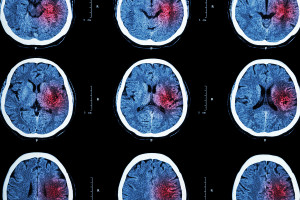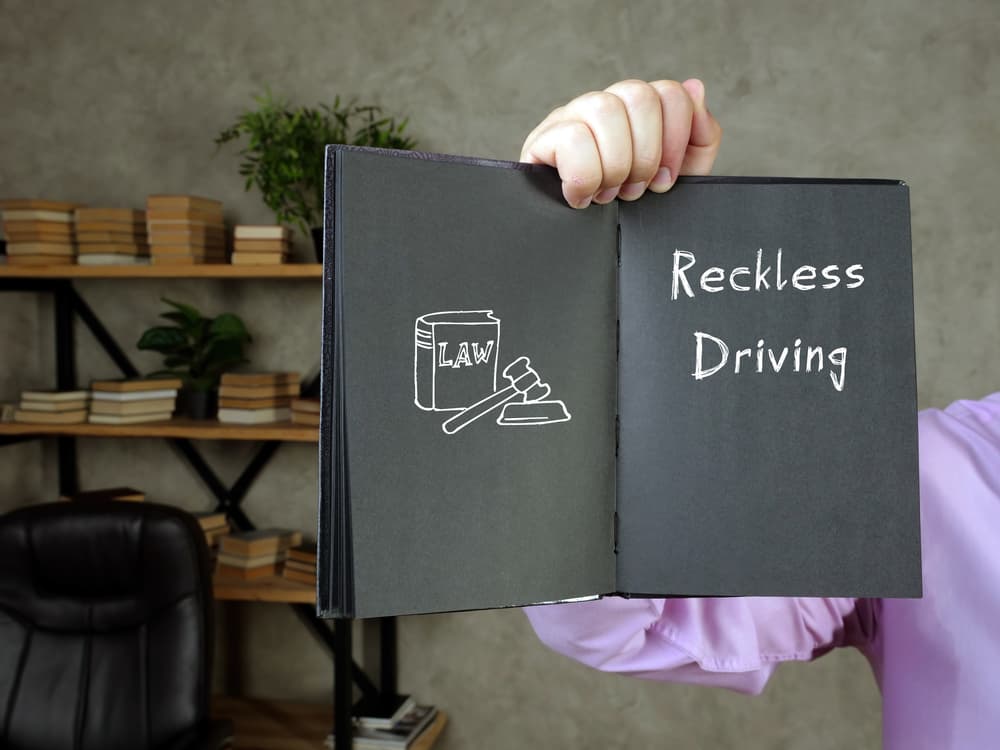
A mild brain injury is a term used to describe the initial trauma leading to a brain injury. While the circumstances of the injury are implied, even a “mild” brain injury can be quite serious.
Getting a diagnosis for treatment of a mild brain injury is challenging. Many times it can be overlooked especially when the victim does not experience unconsciousness.
The misnomer for this innocuous term has been given clarity by the Centers for Disease Control [1], as part of its Report to Congress on Mild Traumatic Brain Injury in the United States. According to the agency’s definition:
A case of mild traumatic brain injury is an occurrence of injury to the head resulting from blunt trauma or acceleration or deceleration forces with one or more of the following conditions attributable to the head injury during the surveillance period:
- Any period of observed or self-reported transient confusion, disorientation, or impaired consciousness;
- Any period of observed or self-reported dysfunction of memory (amnesia) around the time of injury;
- Observed signs of other neurological or neuropsychological dysfunction:
- Seizures acutely following head injury;
- Among infants and very young children: irritability, lethargy, or vomiting following head injury;
Symptoms among older children and adults such as a headache, dizziness, irritability, fatigue, or poor concentration, when identified soon after injury, can be used to support the diagnosis of mild TBI, but cannot be used to make the diagnosis in the absence of a loss of consciousness or altered consciousness. Further research may provide additional guidance in this area.
Any period of observed or self-reported loss of consciousness lasting 30 minutes or less.
The Challenge of Mild Brain Injury Diagnosis
Mild brain injuries typically damage the connections between neurons in the brain, also called “white matter.” The Brain Injury Association [2] of America has said that capturing these microscopic injuries with common medical imaging technologies, such as CT scans or MRI’s, is not possible.
However, in the fight for better technology, sophisticated advances in the field of medical imaging have shown the potential for identifying these injuries. While these technologies are still not as readily available, due in large part to the cost of using them, they have been noted for their capabilities. They include Single Photon Emission Computerized Tomography (SPECT), Positron Emission Tomography (PET), Diffuse Tensor Imaging (DTI), and Functional Magnetic Resonance Imaging (fMRI).
In the meantime, as a mild brain injury is identified, current assessment of the functional impact of the injury is analyzed through neuropsychological assessment. The assessment tests a range of the patient’s brain functions. Areas of analysis typically include:
- Sensory awareness and emotional characteristics
- Attention span
- Social judgment
- Memory
- Abstract and organizational thinking
- Orientation
- Language (receptive and expressive)
- Concentration
- New learning
- General psychological adjustment
- Spatial perception
- Mathematical reasoning
- Problem-solving
- Motor abilities
Contact a Michigan Brain Injury Attorney
Because the term “mild brain injury” relates to the severity of the initial physical trauma that causes injury and does not accurately describe the extent of the injuries caused, an individual may be the victim of what appear to be a “mild” accident but still sustain permanent and disabling injuries. If you or a loved one suffered a mild brain injury, it is important to speak to an experienced Michigan brain injury attorney to determine if anyone is responsible for or contributed to your injuries and other damages. Our lawyers can assist you to obtain the compensation to which you are entitled. Please do not hesitate to call Michigan Injury Lawyers at 313-GET-HELP for a free consultation today.
References:
[1] http://www.cdc.gov/concussion/HeadsUp/clinicians_guide.html
[2] http://www.biausa.org/FAQRetrieve.aspx?ID=43913



